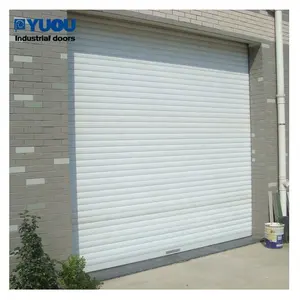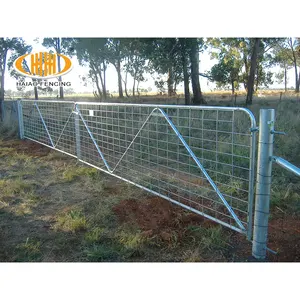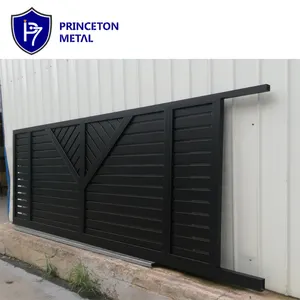A sliding metal gate is a type of gate that operates by sliding horizontally to open and close. It is a popular choice for various applications, offering security, durability, and space-saving benefits.
Characteristics of a Sliding Metal Gate
Sliding metal gates are typically constructed from materials such as steel, aluminum, or wrought iron. The choice of material will depend on factors such as the desired aesthetics, security needs, and environmental conditions. The aluminum rolling gate is guided by a track system, often installed on the ground or a supporting structure. This ensures stability and proper alignment during movement. Many metal sliding gates for driveways can be motorized for automated operation. Motorized gates are controlled by remote devices, keypads, or sensors for more convenience. While seated in the car, users can open the gate just by pressing a button. This would either open or close the gate. Sliding metal gates provide a high level of security, especially when made from durable materials. Additional security features may include locks, access control systems, and anti-climbing designs. The horizontal sliding system allows for a space-saving design, making sliding metal gates suitable for areas with limited space where swing gates may not be practical. Sliding metal gates can be customized in terms of design, color, and ornamental details to match the preferences of the property owner. Metal rolling gates, especially those made from steel or wrought iron, are known for their durability and resistance to weather conditions. Proper coating or galvanization can enhance corrosion resistance.
Maintenance of Sliding Metal Gate
To maintain these gates, regularly clean the track to remove dirt, debris, leaves, and other obstructions. A clean track ensures smooth movement and prevents damage to the gate. Apply a suitable lubricant to the moving parts of the gate, including rollers, bearings, and hinges. Lubrication reduces friction, minimizes wear and tear, and ensures smooth operation. Periodically inspect the gate for signs of wear, corrosion, or damage. Look for loose bolts, rust spots, or any components that may need tightening or replacement. Check all bolts, nuts, and screws for tightness. Tighten any loose components to prevent unnecessary movement or vibrations that may affect the gate's stability. Clean the metal surface of the gate regularly to remove dirt, dust, and contaminants. Apply a protective coating or wax to preserve the finish and protect against corrosion.
Ensure that the gate is properly aligned on the track. Misalignment can lead to operational issues, increased wear, and potential damage to the gate and track system. If the gate is automated, regularly test and ensure the proper functioning of safety features. This may include obstacle detection, photocells, and emergency stops. If the gate is motorized, check the motor and control electronics for any issues. Inspect wiring, sensors, and control panels. Address any electrical or electronic malfunctions promptly. If the steel sliding gate is susceptible to rust, apply rust protection or anti-corrosion coatings. This is particularly important if the gate is exposed to harsh weather conditions. If the gate has bearings, inspect them for wear and tear. Lubricate the bearings as needed to ensure smooth rotation and prevent friction-related issues.







































 浙公网安备 33010002000092号
浙公网安备 33010002000092号 浙B2-20120091-4
浙B2-20120091-4